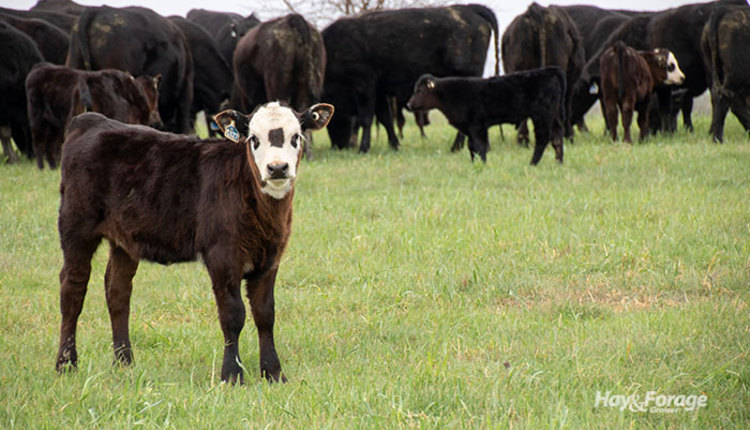
Forage producers across the country insured a record 290.6 million acres under the Pasture, Forage, and Rangeland (PRF) insurance program in 2023. So far this year, participants have received an average of $1.07 in indemnity payments for every $1 they invested in insurance premiums, according to the University of Nebraska-Lincoln’s Center for Agricultural Profitability.
The deadline to purchase PRF insurance for the 2024 calendar year is December 1, 2023.
In a recent Growing Beef newsletter from Iowa State University, Beth Reynolds explains PRF is a subsidized insurance program managed by the USDA Risk Management Agency that mitigates production losses in pastures and hayfields due to lower-than-average rainfall. Producers receive indemnity payments if precipitation in their area is less than historical rainfall levels derived from National Oceanic and Atmospheric Administration (NOAA) weather recording station data.
Reynolds, an extension beef program specialist, points out premiums and indemnities will vary among producers because they can choose their level of coverage and production. Producers should work with a qualified crop insurance agent to determine the best insurance plan that fits their individual operation and to find the grid identification number for their farm. Coverage levels range from 70% to 90%, and the level of production can be 60% to 150%. Each grid is 0.25 degrees latitude by 0.25 degrees longitude, which is approximately 17 by 13 miles.
Producers must also select between two and six index intervals when creating an insurance plan. An index interval represents two adjacent months, such as June and July; however, there is a risk of not receiving an indemnity payment even if rainfall is below average during a given index interval because of a pasture or hayfield’s position in a grid. Conversely, producers could be compensated if their field receives sufficient rainfall but the rest of the grid does not.
The federal government subsidizes 51% to 59% of insurance premiums, with the percentage of the premium subsidy declining as coverage levels go up. Nonetheless, the total dollar value of the premium subsidy typically improves with greater coverage.
Reynolds emphasizes that producers can only receive indemnities for perennial forages in pastures, rangeland, or hayfields. Annual forages cannot be insured. She also reminds producers that PRF is a risk management tool. It should be utilized as a long-term strategy to mitigate production losses, not as an opportunity to turn a profit.
“Insurance should never be considered an investment. Rather, it’s a tool available to manage risk,” Reynolds states. “If and when an insurance benefit is paid out, the intent is to offset some purchased feed costs incurred.”

